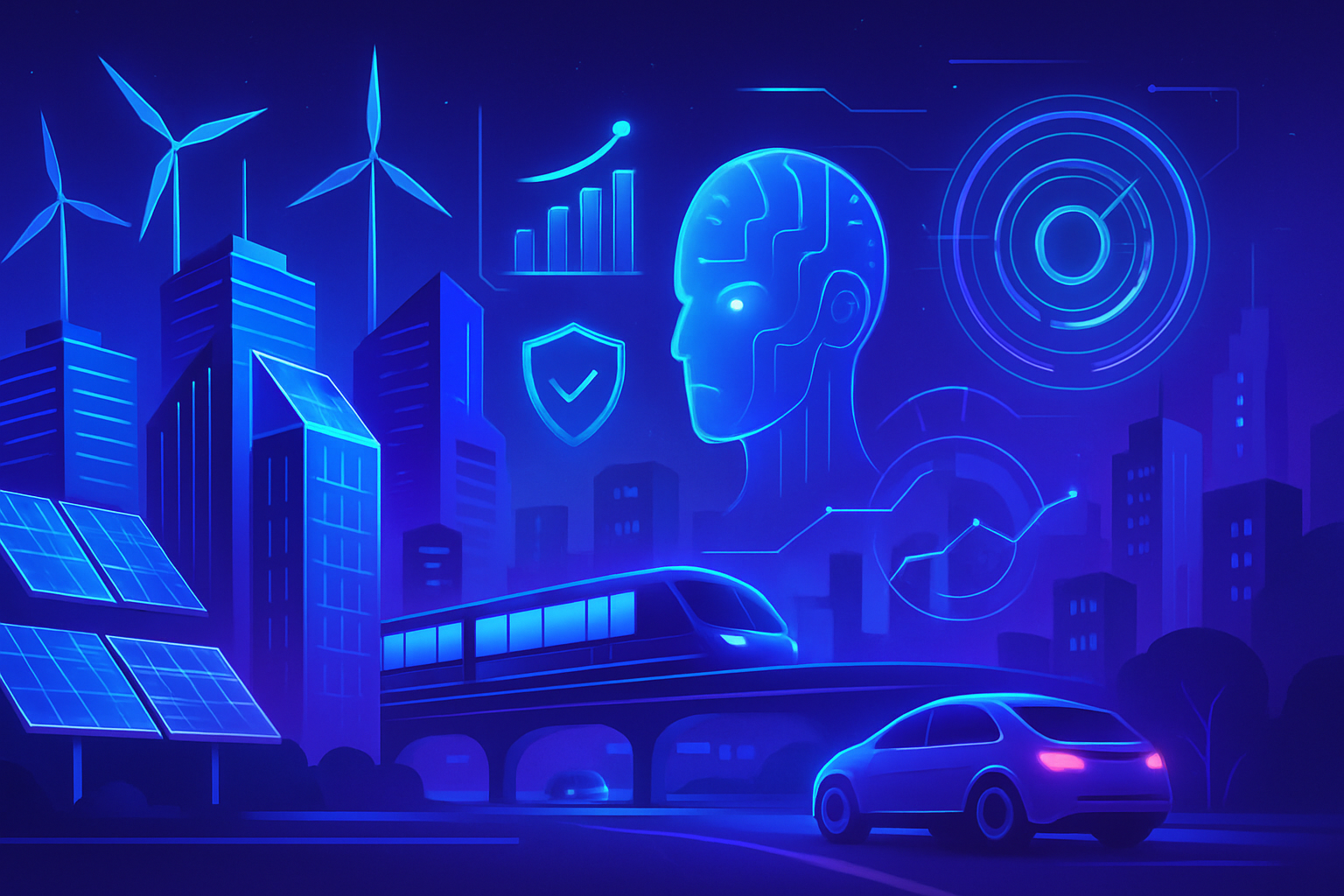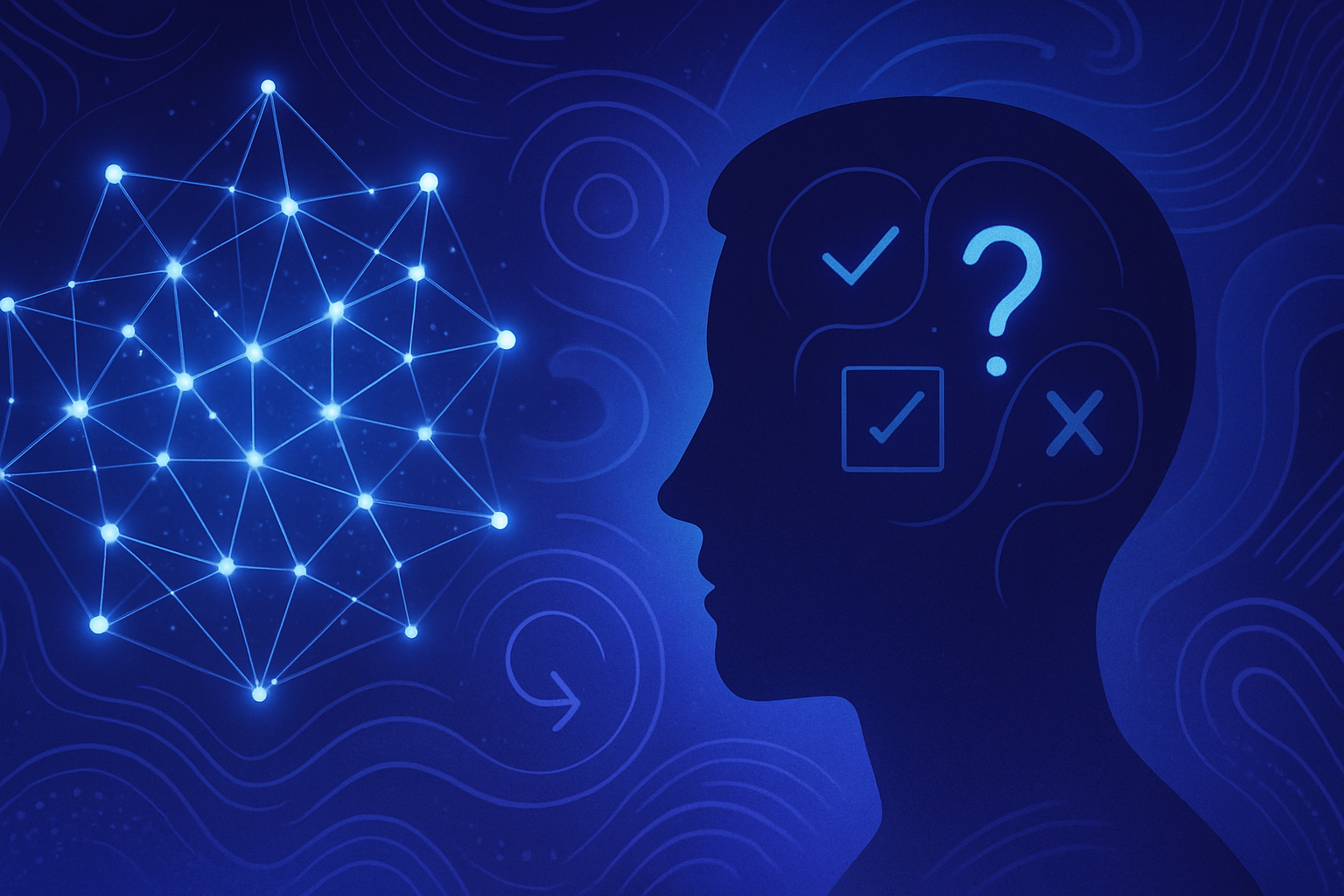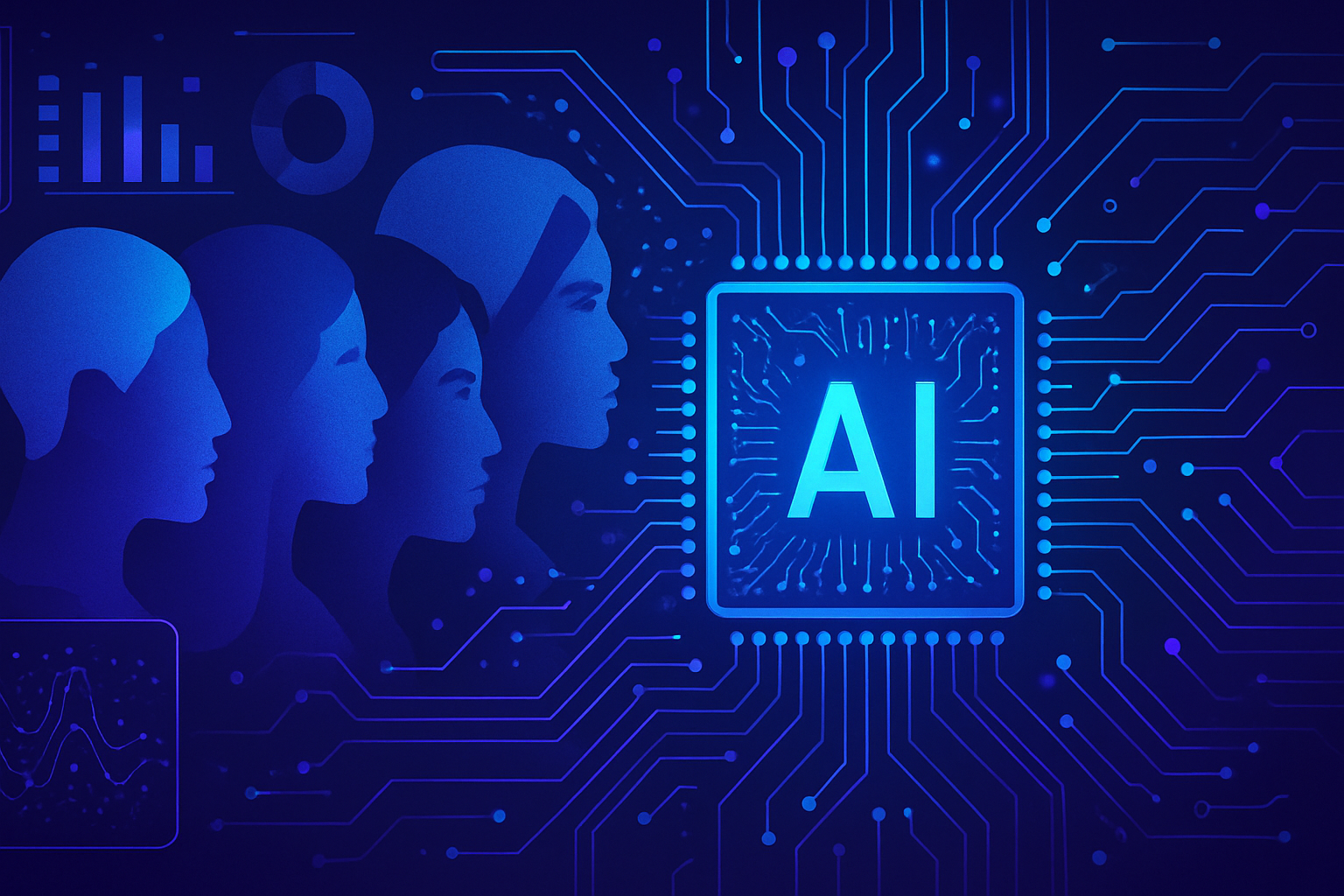Smart infrastructures are redefining how energy systems operate, evolve, and prepare for the future. The revolutionary impact of AI plays a significant role in enhancing the performance and resilience of energy networks. In the face of climate challenges and demographic growth, it becomes imperative to adopt advanced technologies. The integration of modern algorithmic models allows for optimizing decision-making, transforming complex operations into agile and adaptive solutions. Reactive infrastructures are now becoming the norm, providing a true synergy between technological innovation and sustainable management. Collaboration among sector players is essential to build a safe and decarbonized energy future.
The Challenges of Smart Infrastructures
The transformation of electrical infrastructures constitutes a major challenge. Artificial intelligence (AI) plays a predominant role by providing innovative solutions. The rise of urbanization and population growth demands a rapid and effective response. Existing infrastructures, often aging, must integrate technological advancements to ensure their performance and resilience.
AI as a Driver of Modernization
Companies that leverage data for decision-making are completely changing the energy landscape. Algorithms enable optimizing energy production and reducing waste, transforming resource management. By accurately forecasting demand, companies not only improve their operational efficiency but also their ability to integrate renewable energies.
Traditional approaches, based on general assumptions, prove insufficient. With the Internet of Things (IoT) and cloud technology, utilities can monitor the activity of electrical systems in real-time. Instead of simple static planning, a dynamic pattern of continuous adaptation is established, allowing for proactive decision-making.
Exemplary Case Studies
Duke Energy, a leading figure in the sector in the United States, illustrates this transition. Its Monitoring and Diagnostics Center integrates *over 500,000 data points* from various sources. Thanks to AI algorithms, the company has achieved significant savings. The ability to anticipate outages has saved over $250 million through predictive interventions.
UK Power Networks, for its part, has developed an efficient network management platform. Processing *4 billion data points per day* allows for optimizing operations and preventing interruptions. This advanced analysis reduces outages, enhancing the network’s efficiency.
The Marriage Between AI and Human Expertise
While AI is a major lever for optimizing systems, human intervention remains essential. Strategic decisions require an understanding of socio-economic and technical issues, inaccessible to AI alone. The collaboration between human and artificial intelligences ensures concrete and optimal results.
Experienced professionals use data provided by AI to guide long-term planning. Thus, the majority of sector players prioritize their investments in AI technologies. Currently, 75% of energy producers plan to allocate more resources to this area in the coming months.
The Challenges of Digital Transformation
The construction of modern and efficient infrastructures cannot happen without clear regulatory frameworks. Stakeholders must establish strong partnerships between technology providers and investors. An open dialogue with customers is also necessary to ensure that innovations truly meet their expectations.
The prospect of a rapidly expanding global AI market in the energy sector – with an estimated annual growth of 36% until 2030 – creates unprecedented opportunities. It becomes urgent to involve all stakeholders in this evolution. The transformation of utilities through innovation is now essential.
FAQ on Smart Infrastructures: The Revolutionary Impact of AI
What are the main improvements brought by AI to energy infrastructures?
AI allows for optimizing energy production, reducing waste, and improving reliability by predicting energy demand and effectively integrating renewable sources like wind and solar.
How does AI help make energy systems more resilient?
AI algorithms facilitate real-time data analysis, enabling operators to detect anomalies and act before outages occur, thereby reinforcing the resilience of infrastructures.
What role does human intelligence play in AI-driven infrastructure systems?
Despite technological advancements, human intelligence remains essential for programming, monitoring, and adjusting systems according to business and social needs, thereby ensuring efficient operation.
What types of data are used by AI to improve infrastructures?
AI uses a variety of data, including those from IoT sensors that monitor energy assets in real time, as well as historical data to anticipate demand and behaviors.
How do AI algorithms contribute to strategic decision-making in energy sectors?
Algorithms analyze billions of data points to provide predictive insights, enabling infrastructure managers to make informed decisions about investment and maintenance.
How can the integration of AI influence the cost of investments in energy infrastructures?
According to studies, the early integration of digital technologies, including AI, could generate significant savings, estimated at $1.8 trillion on investments required over the next 20 years.
What challenges must be overcome for the successful adoption of AI in infrastructures?
The main challenges include the need for clear regulatory frameworks, establishing strategic partnerships among industry actors, and the need for an open dialogue with customers to understand their expectations.
How can AI support the transition to decarbonized energy systems?
By optimizing the use of renewable energies and predicting demand, AI facilitates emission reductions and supports global decarbonization efforts, thus supporting a responsible energy transition.
Which companies have successfully integrated AI into their infrastructure management?
Companies like Duke Energy and UK Power Networks are using AI to improve efficiency, manage millions of data points, and prevent outages, making them leaders in the field of smart infrastructures.






